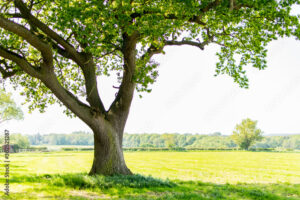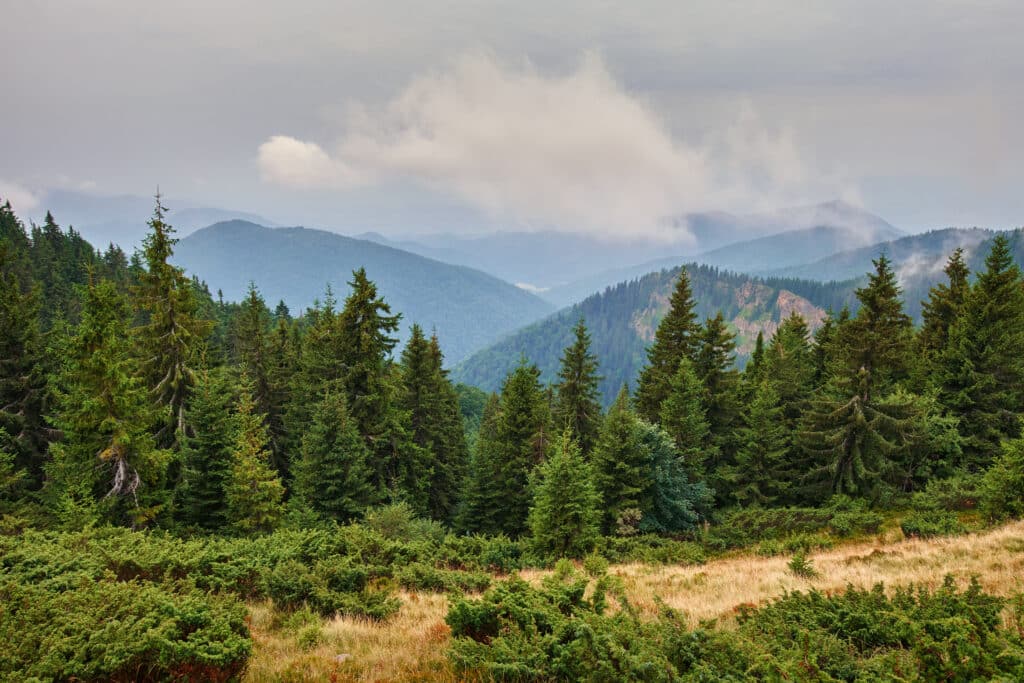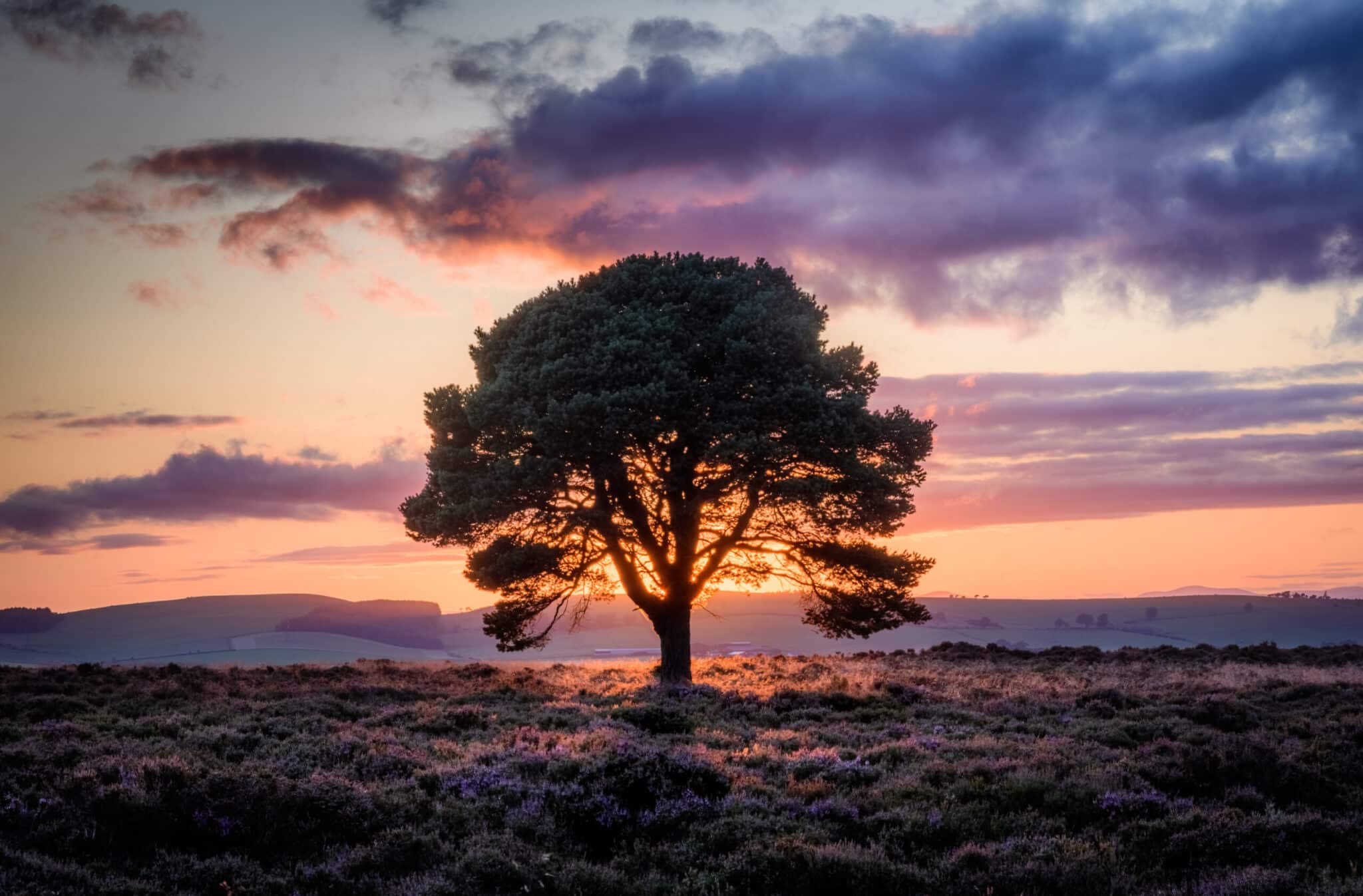Right tree, right spot?

Finding the right tree to plant in Oregon, whether it’s native or non-native can be a daunting task. That’s why one of the most frequent questions our certified arborists get after they remove a tree is, what can I plant in this space now? Monkeyman’s strives to achieve our customer’s needs and will ask, do you want something native or ornamental? We like to suggest native plants as they’re adapted to this climate and benefit the local ecology. However, these native plants still need to be planted in suitable conditions. Each native flora will have specific water, light, and planting requirements for your desired location. In the rest of this blog, I will break down some of Monkeyman’s favorite native trees, and bushes, that will add value to your landscape and your local ecology. The Portland tree planting list will describe in detail what native trees can be nuisances and non-native trees that can be invasive.

Native Trees:
Monkeyman’s Tree Service recommends native trees as they are adapted to our local environment and support native ecology. However, Oregon is a huge state, and just because something is native here, it doesn’t mean it’s going to do well in your backyard. In particular, western hemlock (Tsuga heterophyla) wouldn’t do well in a full-sun backyard in Bend, Oregon. The dry climate east of the Cascades is much different from the climate in the Willamette Valley. Even the coast of Oregon, considered a temperate rainforest, has a different climate than the Willamette Valley. Some native trees to Oregon include big-leaf maple (Acer macrophyllum), Douglas-fir (Pseudotsuga menziesii), red alder (Alnus rubra), and Sitka spruce (Picea sitchensis). Hundreds more native trees call Oregon home, which all benefit the native flora and fauna. Don’t hesitate to call one of our certified arborists to clarify which native trees would best suit your property’s unique conditions.
Ornamental Trees:
These are trees selected primarily for their beauty, most of the time these trees are non-native. One of the most common ornamental trees in the Willamette Valley is the crape myrtle. These trees have showy flowers that cover the Southeast United States because of their popularity. Crape Myrtles are native to China and have no real benefit to native ecology. Tree of Heaven is also native to China but is thought to have beautiful fall color. Non-native trees can also benefit from being planted with mulch on top of the soil. For more explanation on how to plant a tree with mulch check out our other blog “Methods to Keep your Trees Healthy.” Although, it’s invasive and spreads readily into unwanted places. Our expert tree removers will gladly take out an invasive Tree of Heaven all you have to do is call for a free estimate.
Deciduous-Trees:
Deciduous is simply an adjective describing a characteristic of a tree, bush, or fern that loses its leaves and goes dormant during the cold winter months. Many homeowners are displeased by leaves dropping onto their yards and gutters. Leaf dropping is actively recycling nutrients back into the soil while also mulching its roots and keeping the soil moist. We often suggest planting a conifer as most don’t shed as much debris as deciduous trees. Living in the Pacific Northwest during the winter months can be dark and cold. Luckily, deciduous trees are a great option to plant where you want light during the winter months and shade during the hot summer months. In order to optimize the deciduous tree’s full benefits we suggest planting the tree on the west side of the house. This is to shade the house in the summertime when the hot afternoon sun is hitting your house. This will also help you save on your energy bill as it will keep the house cooler throughout the summer.
Coniferous-Trees

Conifers like firs, spruce, pine, and many more have needles instead of broad leaves. Living in the Pacific Northwest we are privileged to have forests dominated by large conifers. Believe it or not, conifer dominant forests only account for around one-third of forests of the world. Most of the forests of the world are Broad-leaf trees like the immense Amazon Rainforest. Whereas, the large Boreal Forest is almost all conifers. Not all conifers like the same soil or environment. It is important to have a knowledgeable arborist who is educated on trees to ensure which trees can be planted on your property. So go outside and explore the beautiful forests near Portland and let nature inspire you.
